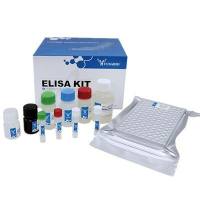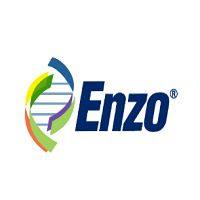Approaches to Developing Quantitative Risk Assessment Models
互联网
互联网
相关产品推荐

Late-Onset Alzheimer's Disease Risk Gene Antibody Sampler Kit
¥500

人高危型乳头状瘤病毒衣壳蛋白L1(HR-HPVL1)抗体(IgG)ELISA试剂盒【Human high risk papillomavirus L1-capsids (HR-HPVL1) antibody (IgG) ELISA Kit】
¥2500

SIPA1L2 Homo sapiens cDNA FLJ12790 fis, clone NT2RP2001985, weakly similar to Homo sapiens high-risk human papilloma viruses E6 oncoproteins targeted protein E6TP1 alpha mRNA.
询价

SIPA1L1 Homo sapiens high-risk human papilloma viruses E6 oncoproteins targeted protein E6TP1 alpha mRNA.
询价

AMPIVIEW™ HPV High-Risk RNA Probes Set
¥8322
相关问答

